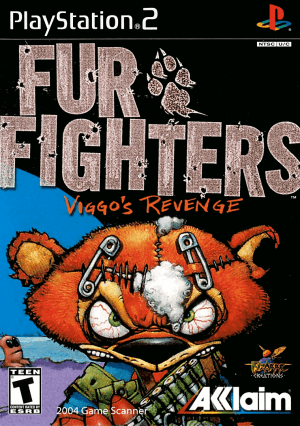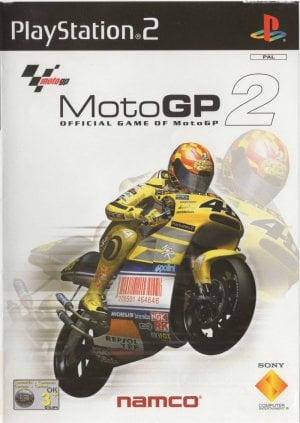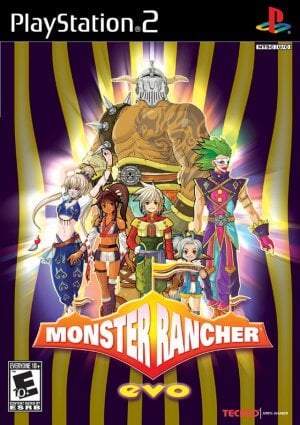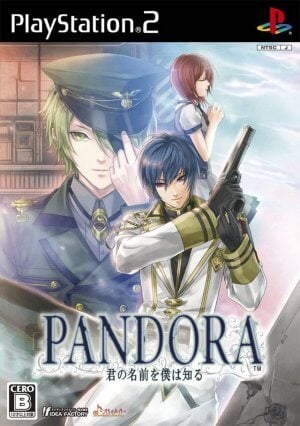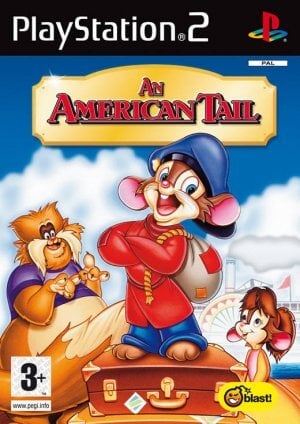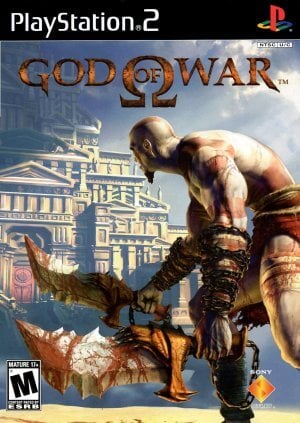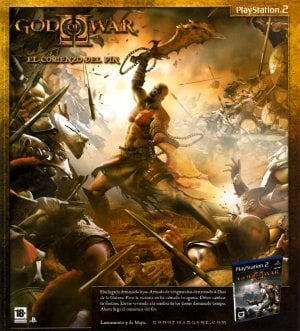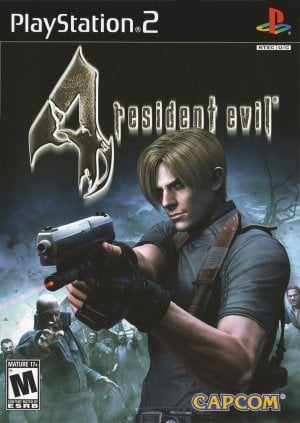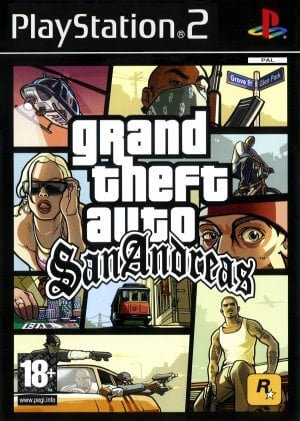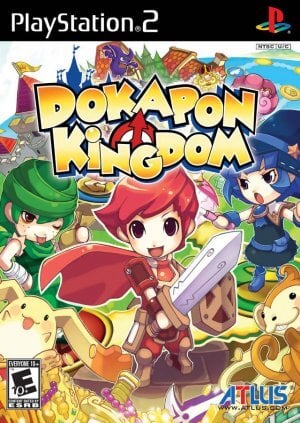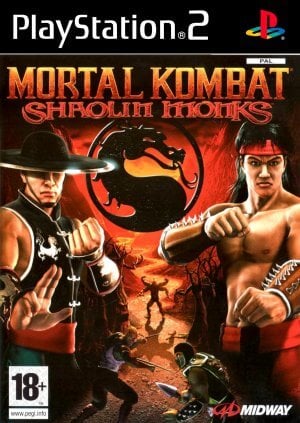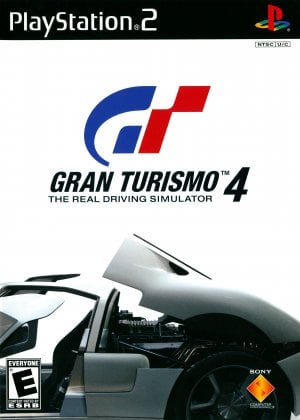Queen Arshtat presides over the rich Queendom of Falena, which is named after her. It is stated that the Sun Rune, which is one of the fabled twenty-seven True Runes, shields Falena from any and all threats by cooperating with the Twilight Rune and the Dawn Rune. Not very long ago, the people who lived in the town of Lordlake rose up in opposition to the reign of the queen. In order to put an end to the uprising, the queen employed the power of the Sun Rune, which resulted in the death of Lordlake’s leader as well as the transformation of the surrounding area into a desolate and burned wasteland. The utilization of the rune also caused the formerly kind and compassionate queen to develop mental instability.
On the other hand, the traditional Sacred Games are currently taking place. The winner earns the privilege of vying for Lymsleia’s hand, who is both a princess and the heir apparent to the throne of Falena. Through scheming, plotting, and other underhanded tactics, two influential aristocratic factions are competing against one another for control of the championship. In the end, one of them plans an attack on the royal castle, during which they succeed in kidnapping the princess and seizing control of the country. The prince of Falena, who is also Lymsleia’s older brother, is able to flee with a handful of his allies thanks to Arshtat, Lymsleia’s father. The prince is tasked with assembling an army, gaining the support of many other groups and nations, and regaining control of his realm.
Suikoden V is a direct prequel to the first game and takes place eight years before the events of the original game, making it a chronologically distant sequel to Suikoden IV. The ability to maintain one’s own castle, a rune-based magic system (with limited casting of spells instead of magic points), and the ability to recruit 108 characters to assist the hero on his quest are all elements that are present in this installment of the series and have been carried over from previous games. As in the first two games, the player is responsible for managing an active party consisting of six characters, each of whom is commanded independently, while four additional characters serve as backup. Now that the party gains advantages for employing alternative positions and strategies, party formation plays a crucial role in the overall experience. Individual characters have the ability to carry out combination strikes, the specifics of which change based on who else is currently engaged in combat. The skill system from the third game has been brought back: characters now have the opportunity to study a variety of passive skills that both improve their fighting behavior and boost their parameters.
In this version, the duel bouts are timed, and the player will need to make a hasty decision regarding which attack type to use before their opponent carries out their move. The previous entries’ real-time strategic conflicts have taken the place of the turn-based tactical army warfare that was featured in those entries. The gameplay consists of the player controlling a variety of unit kinds on land or water; the unit types are related to each other in a “rock-paper-scissors” pattern, with each type having advantages and disadvantages versus two other types.

